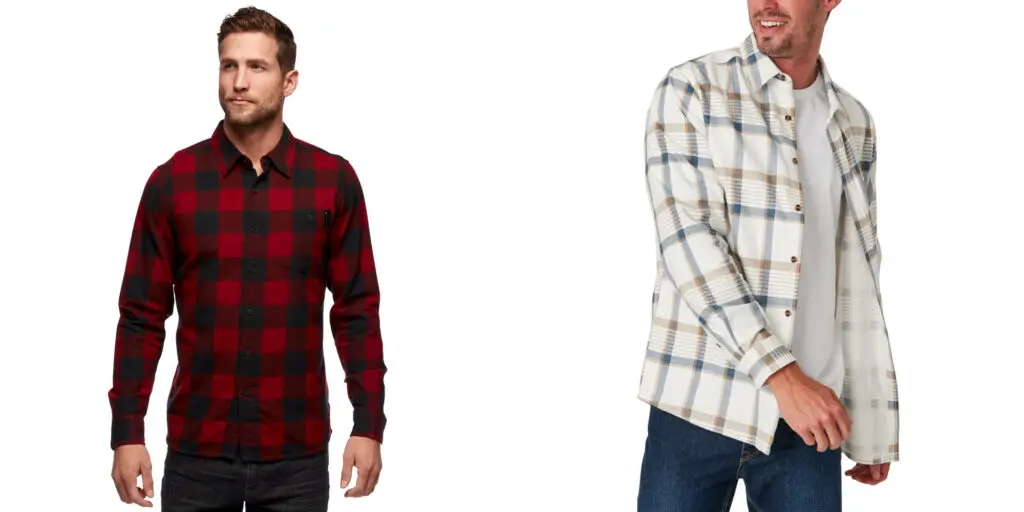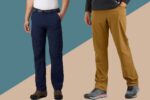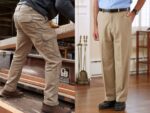There is a wide range of fabrics available in the market. This range is so extensive that you need a scorecard to keep all the fabrics straight.
Each fabric has got a specific purpose and therefore sometimes it becomes confusing for users to decide which one to choose.
Same goes with flannel and flannelette. There are multiple styles and each style serves a different role making hard which is which. So how do you really differentiate between the two?
The main difference between flannel and flannelette is that while flannel is mostly a wool base material or wool/cotton blend, flannelette is made from cotton giving a softer look and feel. Flannelette imitates flannel by raising or brushing the fibres in the weft.

To know in detail about the differences between the two just keep reading our article. Dwell in the article to find out more about these fabrics to their fullest potential.
What is Flannelette- What is it used for?
A flannelette is basically an imitation of a flannel. It is a soft woven fabric which is generally created by raising and brushing the fibres in the weft. This soft woven fabric is either made of pure cotton or in many cases blended with polyester.
Flannelette makes a piece of good fabric but one cannot say much about its strength. However, the original flannel is quite sturdy so we are guessing even its product will have sufficient durability.
This fabric is usually used in making bed sheets, blankets, sleepwears and certain types of clothes. Flannelette is perfect for making bedsheets and blankets thanks to its fluffiness.
Moreover, its sheets are typically made of cotton which insulates heat making it undoubtedly warmer than any other fabric. Thus flannelette is one of the best materials used for making winter bedding.
Lastly, flannelette fabrics are used in diapers for babies because they are cheap, durable and above all soft. These are also used in making shirts which can be worn by people indulged in tough outdoor jobs.
What is Flannelette made of?
As discussed above, flannelette is constructed using flanneled yarns. However, this woven product does not take the strength of its parent fabric but that doesn’t stop flannelette from being potential material for blankets or other varieties of bedding.
Flannelette is also made of cotton which makes it softer than other fabrics. The good part is even though cotton made flannelette is cheaper, it still manages to offer an impessive look and almost gives a luxurious feel.
You may call flannelette brushed cotton as well. This brushed cotton has got a nice smooth finish because all the excess fibres and lint are removed during the manufacturing process.
Not just cotton, flannelete are made as a blend of cotton and polyester. So while you are cleaning the flannelette don’t forget to read the label to assure yourself of the fabrics used in the creation.
Difference between Flannel and Flannelette
Are flannel and flannelette the same material? Well, not really. As we mentioned earlier, flannelette is just an emulation of flannel and is constructed using much lighter material.
While flannel is too thick and warm to be used in summer and some parts of spring, flannelette is suited for almost all the seasons.
Another major difference is seen in the cost of the two fabrics, flannel being more expensive than its counterpart.
Considering the conservative side of pricing, a yard of flannelette may cost you approximately $7 while at the same time, flannel might end up costing $6 to $15 per yard.
Flannels can be seen on cotton woven material and have a more detailed design unlike flannelette.
However, there are many times when both these terms are used interchangeably. One of the major differences comes in the strength of the two fabrics, flannel being a lot tougher than its counterpart.
| Features | Flannel | Flannelette |
| Material used | Made of thicker material | Made of lighter material |
| Cost | Expensive. Can cost upto $6 to $15 | Cheaper. Can cost approximately $7 |
| Uses | Sleepwear, bedding, shirts for tough outdoor jobs | Quilts, clothing, diapers |
| Design | Intricate and detailed | Mostly basic |
| Strength | Good | Not very sturdy |
Pros and Cons of Flannel
Pros
✅ You can easily take care of this fabric.
✅ You can rely on flannel on cold nights as it is very warm.
✅ It is very soft.
✅ Gives excellent comfort
✅ Flannel comes with a breathable weave
✅ It is very durable.
Cons
❌ Flannel tend to shrink easily.
❌ It may or may not wear well depending on the quality that you have purchased.
Advantages and Disadvantages of Flannelette
Flannelette has been the fabric of choice over other fabrics mainly because of following advantages:
1.) It is comfy and cozy.
2.) It is softer than flannel fabric.
3.) Flannelette is woven in a way which makes it breathable.
4.) It is cheaper yet gives a luxurious look.
5.) You can easily take care of flannelette.
Since flannelette is a man made product it tends to have certain disadvantages. Some of them are:
1.) Flannelette tends to shrink if not handled properly while cleaning.
2.) This fabric demands fabric piling so if you are someone who isn’t fond of piling then you might want to avoid this one.
3.) Flannelette is less sturdy and hence will last for a few years only.
Which is better?
Both the fabrics are equally good depending upon their usage and in which situation you are going to use them. If you are into manual labour and want to have sturdy clothes then flannel is a good option.
On the contrary, if you are looking for comfort more than strength then you should really go for flannelette. That’s why it is the fabric of choice for bed sheets and blankets.
In short, if you want affordable but soft and fuzzy fabric, flannelette is the one but if you really want tough sturdy fabric for heavy duty application then flannel is a better fit.
Final Thoughts
Flannel or flannelette, both of them are equally good, only the former being sturdier than latter. So, it totally depends on you where and how you want to use both these fabrics.
I hope this article has given you some clarity about the differences between the two fabrics so that next time you can make the right choice while purchasing the fabric.







